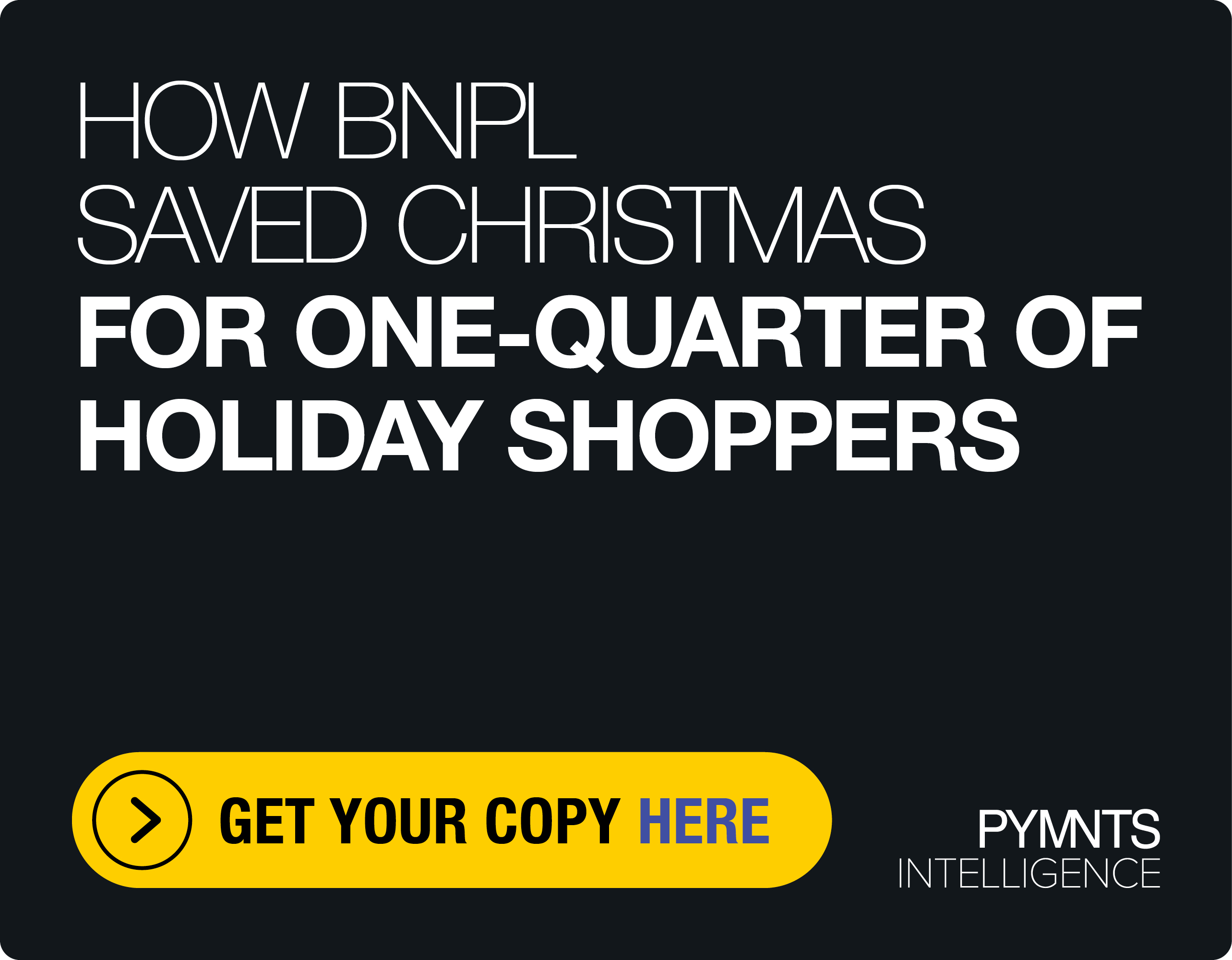In the Beginning: How a CFO Approaches Automating a Purely Manual AP Environment
Many companies have embarked upon the journey to digitize B2B payments since the pandemic, but Reachdesk is an example of one that has only just begun.
The firm, which enables B2B companies to deliver the “moments that matter” at scale through data-driven direct mail and gifting, has brought in Vic Russo as new CFO to take on that challenge.
Currently, according to Russo, sources are paid manually, but that’s about to change.
“My marching order is to really look cross functionally at the organization and say, ‘OK, where do we really build for scale, ease of use and data visibility?’” he said. “Let’s look at each one of our business cycles and say, ‘What are really the things that are the repeatable, predictable recurring type of tasks that we can automate away to reduce error rates and have our people focus on more value-add activities?’”
Barriers to Automation
PYMNTS data shows that macro barriers to change include cost-benefit concerns, hiring and staffing, and other resource constraints, but each individual firm has its own hierarchy of hurdles.
According to Russo, at Reachdesk, the biggest barrier to the transition to digitized payments may be simple inertia. He said the key is to find the perfect inflection point.
For many firms, that was the pandemic. Companies that missed that moment have some catching up to do.
Russo said the first step is getting the operation automation ready by defining the problem, mapping the workflow and identifying the data points that matter — and only then acquiring the appropriate FinTech solution.
The Triple Role of the CFO
Payment digitization is just one of many CFO responsibilities, so Russo can’t focus myopically on it — or anything else for that matter.
“As a CFO, I need to operate with three personas: strategic, execution and governance roles.”
He said the last role is his biggest pain point, involving form over substance tasks such as tax returns and keeping up with codification — another area where he would welcome innovative FinTech solutions.
Managing the Macro
According to Russo, when he puts on his pure financial CFO hat, his concerns turn to cash. However, he emphasized that the darkest moment is before dawn. Recessions are always followed by recoveries. So, he said he ensures that the company doesn’t “shoot itself in the foot” with budget cuts that will impair its ability to take advantage of the opportunities that inevitably present themselves in the subsequent upturn.
Travel and entertainment (T&E) expenses, another dimension of the B2B payments matrix, are an example of an area where discretion needs to be the better part of cost cutting, according to Russo, as business emerges from the lockdown.
“I think travel and entertainment platforms are the Zoom of the post-pandemic era,” Russo said.
Reduced commercial real estate expenses in the work-from-anywhere era not only offset T&E, but also necessitate it to create and curate corporate culture, he said.
It’s important from a cultural perspective to make sure employees feel good about what the company is doing, he said, adding the company’s unlimited paid time off (PTO) benefit contributes to the corporate culture and hasn’t crimped productivity.
“It’s a fantastic benefit,” he said. “We actually have a problem with getting employees to take their PTO. So, we’re trying to find times throughout the year where we’re just saying everybody is off.”
For all PYMNTS B2B coverage, subscribe to the daily B2B Newsletter.

